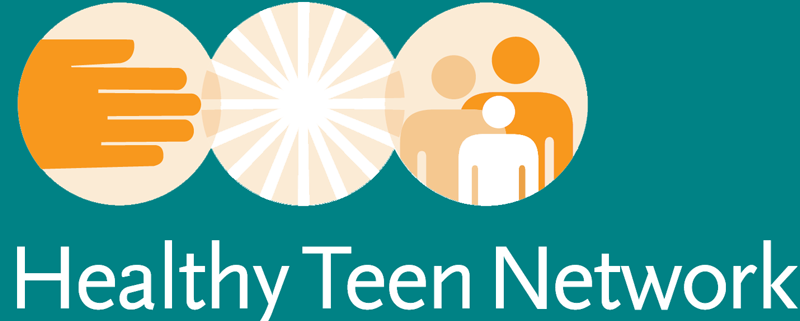Date: September 21st, 2016
By: Bob Reeg
Deprecated: get_the_author_ID is deprecated since version 2.8.0! Use get_the_author_meta('ID') instead. in /var/www/html/wp-includes/functions.php on line 4719
Deprecated: get_the_author_ID is deprecated since version 2.8.0! Use get_the_author_meta('ID') instead. in /var/www/html/wp-includes/functions.php on line 4719

September 21 marks the annual observance of the International Day of Peace. It’s been designated as such by the United Nations General Assembly as far back as 1981. I bet you didn’t know that; I didn’t either until recently. Perhaps we can chalk up our ignorance to the circumstance that Peace Day holds greater weight internationally than in the United States. Why might that be? I speculate that it’s because when many of us hear the word “peace,” we auto-direct to what we perceive to be its opposite state—war (Thanks, Tolstoy). And with those lenses snapped into our glasses, we might discount Peace Day (once we’ve heard of it) as being irrelevant to US. After all, we have no Aleppo taking place on American soil.
How about if we consider a meaning of “peace” that is both larger and smaller—more than the absence of war, but also a condition that is within our personal control. If peace is understood to be a state of tranquility, calm, and order, then Peace Day may apply to us after all.
How so? By availing ourselves of this day of observance to reflect how each of us might go about practicing peace! Let me count some of the ways, using the social-ecological model to which Healthy Teen Network subscribes. (Learn more about our 360° frame here.)
First, practice inner peace. It’s always best to start at home. And by “home,” I mean yourself. What are you doing to achieve inner peace? Contemplative practices such as meditation are means for cultivating inner peace. But so is self-regulating one’s temperament, participating in corporate worship of the Divine, making a choice not to get riled up about small matters, and breaking away from your colleagues and beneficiaries for brief refresh spells. You might need to advocate with organization leadership for a designated quiet zone in your workplace, or for reasonable expectations of work hours.
Second, practice interpersonal peace. Be kind always with others with whom you interact. Fully consider how you might deliver criticism in a manner that is not intentionally hurtful. Ask your supervisor or a colleague to observe your communications with beneficiaries of your services and provide feedback. Actually, ask your beneficiaries how you are doing! Seek out training or self-directed learning opportunities to sharpen your interpersonal skills. Self-check for a low empathy battery. That might signal a need for a vacation, or another line of service.
Also, help your beneficiaries of service find their power to live peacefully with others. Add a healthy relationships component to your program interventions if doing so does not harm the intervention design. CQI your existing healthy relationships activities so that they are their best. Engage parents and other caregivers in your programs and services so that they may also strengthen their relationships with their young people.
Third, practice community peace. Build positive relationships with your neighbors. Welcome a newcomer into your community with a warm greeting or a modest gift. Join your neighbors in addressing a community problem. Help a neighbor with a household or outdoor chore. Volunteer for a neighborhood or community organization whose mission matches your desires.
Also, provide time and support for your beneficiaries to participate in facilitated dialogues about violence or other social and economic problems in your community. Help them get a dialogue going if none such exists. Incorporate service learning components into your programs and services.
Fourth, practice societal peace. Refrain from making or forwarding crude comments about public officials and celebrities. Advocate with the public officials who represent you that they adopt peaceful public policy responses to domestic and international violence. Join a peace and justice movement-building effort.
It’s up to each of us to be the peace we seek. What actions are you taking already to be a peaceful presence in our common world? What practices might you add to your personal peace agreement? Be your own peace movement! Don’t wait! Start today. It’s Peace Day!
Notice: Undefined variable: citation in /var/www/html/wp-content/themes/JointsWP-CSS-master/parts/loop-single.php on line 49
Deprecated: get_the_author_ID is deprecated since version 2.8.0! Use get_the_author_meta('ID') instead. in /var/www/html/wp-includes/functions.php on line 4719
About the Author
Deprecated: get_the_author_ID is deprecated since version 2.8.0! Use get_the_author_meta('ID') instead. in /var/www/html/wp-includes/functions.php on line 4719
Bob Reeg, MPA, CVA, Program Development and Public Policy Consultant, is an accomplished nonprofit organization program director & public policy analyst and advocate, and an emerging social purpose entrepreneur.


